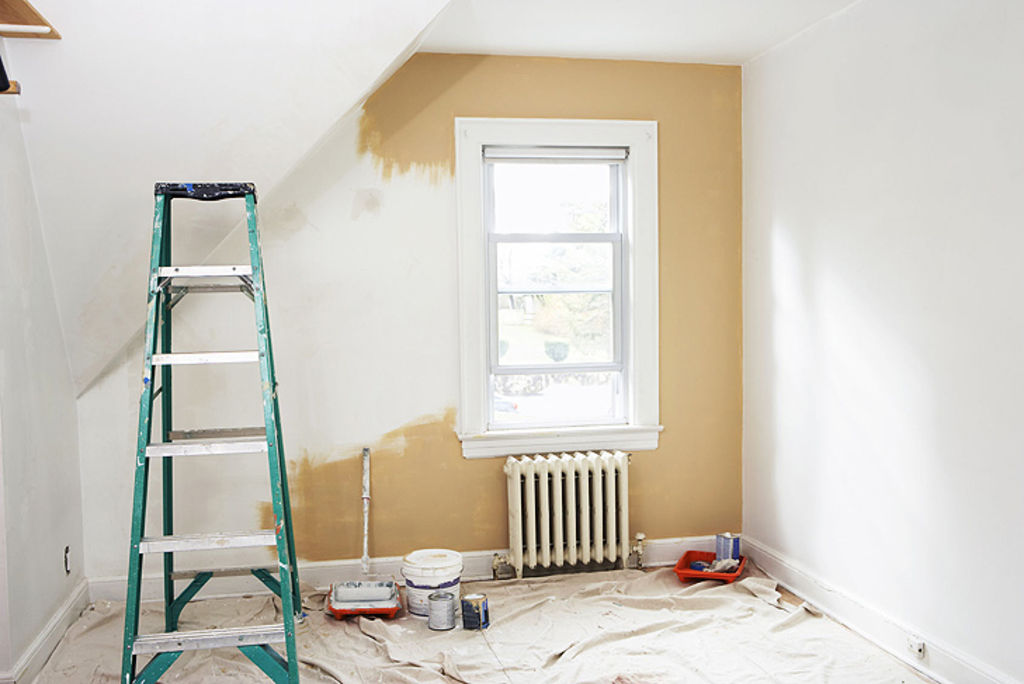Here are the tricks used by the professionals
Slapping some paint on a wall – easy! But achieving a meticulous finish requires some careful preparation.
If you are planning on a DIY paint job, here are some tricks of the trade to help you achieve a finish that even the most discerning buyer, or your nearest and dearest will assume was done by a professional.
Choose a quality paintbrush
Invest in a high-quality paint brush. If you are using high-quality paint, not using a high-quality brush defeats the purpose. The paintbrush your brother-in-law used 10 years ago might get the paint on the wall, but you will certainly not achieve a flawless end result. Cheap brushes shed and leave filaments, plus you want a brush comfortable to hold.
Box paint for consistent colour
No matter how hard your paint supplier tries, there is usually a slight colour variation between tins. Starting a new tin of paint halfway through a wall and noticing a colour variation is not ideal. To prevent this, professional painters “box” or mix paint. For larger projects that require multiple tins, pour all the paint into a larger container and mix it together for a consistent colour.
Paint a clean surface
Preparation is key. Take the time to wash, and if necessary sand the surface before starting your job. Clean greasy walls with degreaser and wash rollers and brushes before use to remove any loose fibres.
Check for lead
Before 1970, many houses were painted with lead-based paint, which can pose a health risk when bothered. In older properties, before starting work, buy a lead test kit just to be sure. If traces of lead are found, it’s probably best to get professional advice before moving on.
Use a wet brush and roller
It’s best to use a wet brush. Why? A dry brush or roller won’t absorb the paint on a surface as well as a moist one. Before starting, soak your brush in water for 15 minutes and then shake it out. A dry roller will take 15 minutes to start working properly, so it’s best to moisten it under water for 2 minutes, then squeeze dry. Slide the foam roller onto the roller frame and roll it on the wall for 10 rolls, with a towel on the ground to collect excess water. Use the towel to dry the wall. For oil-based paints, use turpentine instead and follow the same steps.
Remember, surface preparation is the key to a professional finish when painting. Take the time to invest in a good quality brush and/or roller and use high-quality paint.
Article extrapolated from:
Gerke, M. (2020). ‘The home painting tricks used by the professionals’, domain.com.au, September 25. Available at: https://www.domain.com.au/advice/the-painting-tricks-used-by-the-professionals-989258/
